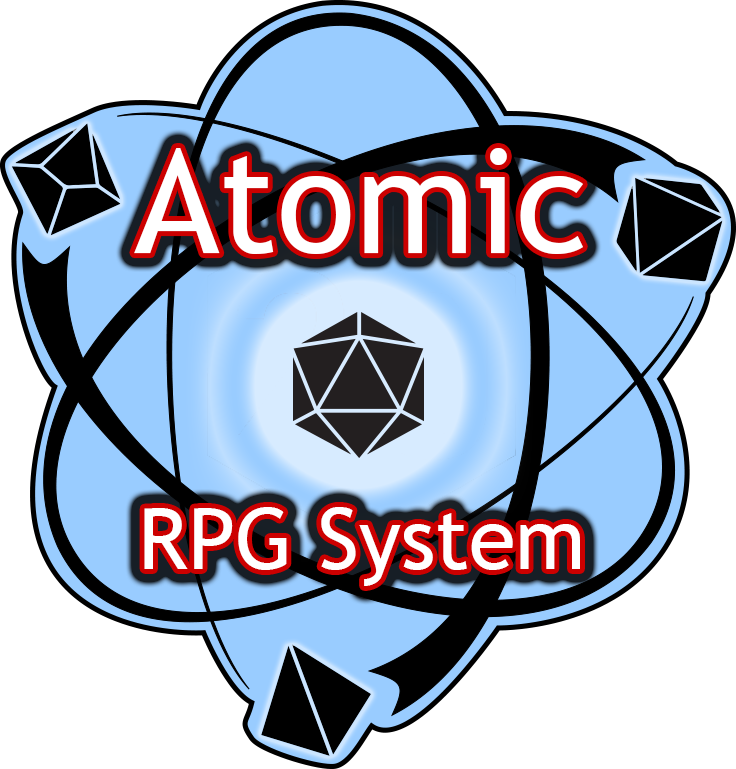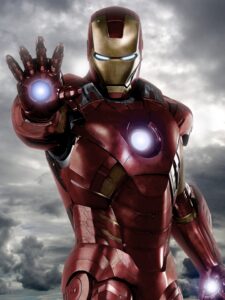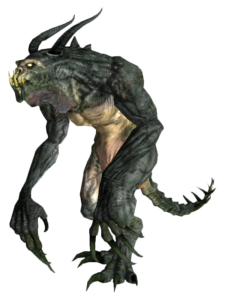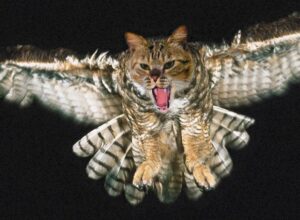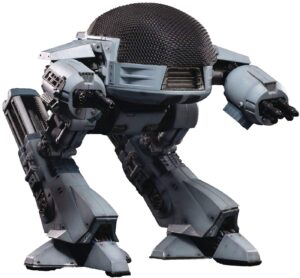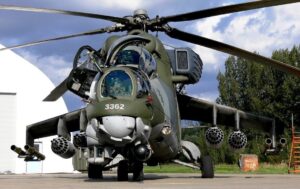Play Anything in the Atomic RPG System
The best thing about the Atomic RPG System is the ability to play any character, any story, any lore, and any genre that you want!
If you’re already playing another game, you might need some pointers on how to convert things to the Atomic RPG System.
Don’t worry, the Atomic RPG System is very flexible and has been able to accommodate anything we have thrown at it so far!
